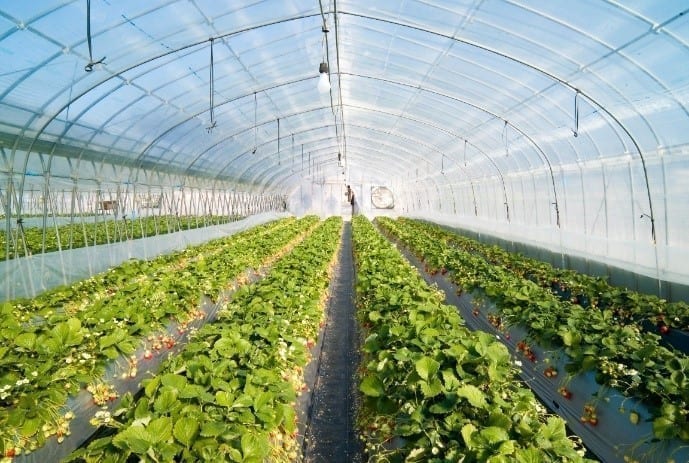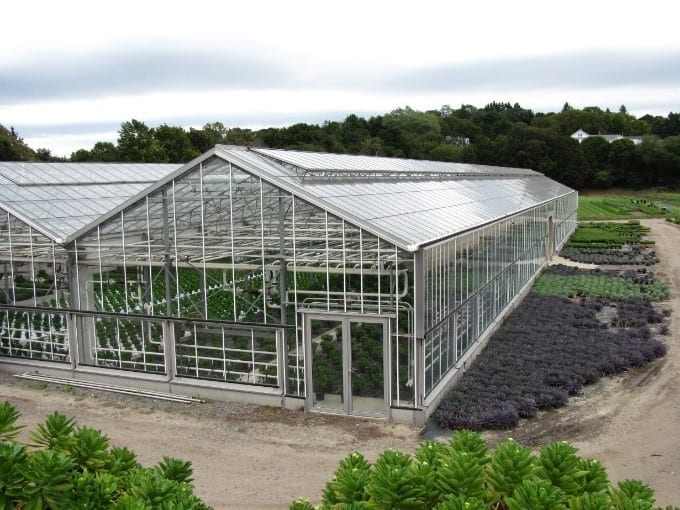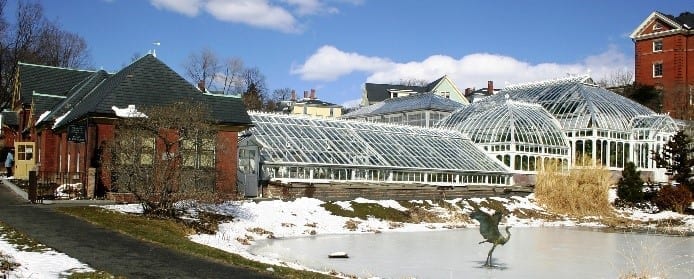Greenhouses
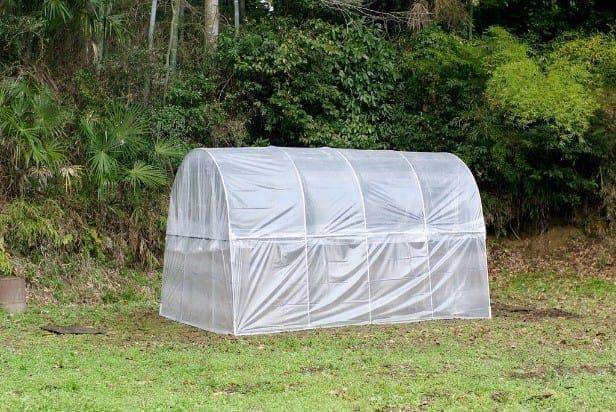 Design:
Design:
- A-frame
- Dome
- Arch
- Square
- Lean-to against an existing building (building a greenhouse against a south-facing wall will add a lot of free heat to your home if constructed correctly)
Frame:
- Wood
- Steel
- Plastic
- Aluminum
Covering:
- Glass (most expensive; most durable)
- Plastic sheeting (cheap; short lifespan)
- Double-layered polyethylene (expensive; more durable than plastic sheeting)
- In the Northern Hemisphere, orient your greenhouse facing south (or north if you are in the Southern Hemisphere) for maximum sun exposure.
- Small greenhouses will be in Zone 1 close to your house; large greenhouses will be in Zone 2 where there is more space. (Go back to Day 2 on permaculture for a refresher on zones.)
- Heating thermal mass is a great way of storing heat. Thermal mass can be the soil itself, barrels painted black filled with water or stone or concrete inside the grow house that gets direct sunlight. The mass absorbs heat during the day and slowly releases the heat back into the grow house at night, keeping the interior warm.
- Ensure you don’t place your grow house in the shade of buildings or trees that will block your light.
Greenhouses usually rely on passive heating, but more sophisticated greenhouses and heating systems are available depending on your budget and climate. These controls can be manual or automated to respond to changes in temperature.
If you do need additional heating, here are your options: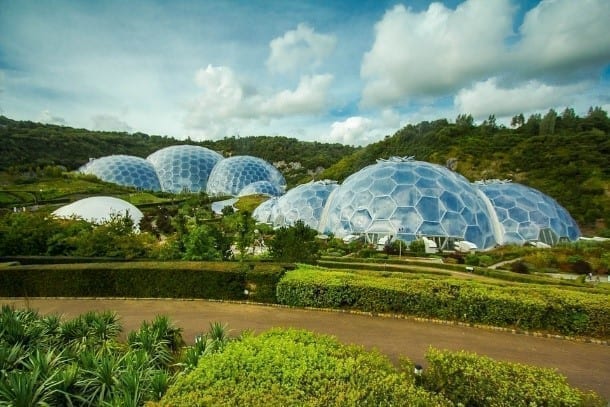
- Space heaters (expensive to run if using electricity or propane)
- Forced air heater (also expensive to run)
- Hot water systems (can be made more economical to run if a boiler using biomass is used)
- Underground heating systems, like a geothermal heat pump (can be expensive to construct)
- Compost heating (free heat; when correctly constructed can heat your greenhouse all winter—simply locate a large compost pile inside your greenhouse and the heat from the composting process will increase the temperature in the greenhouse)
- Solid fuel stoves (can be economical to install and run)
- Rocket mass heater (most recommended for cold climate growing; super-efficient thermal mass storage heaters are simple and inexpensive to run once installed)
Irrigation
Plants generally need about 1 inch of water per week, but, as greenhouses are sealed from the elements, you will have to water the plants inside. Ensure access to adequate water for irrigation either by rainwater capture or by hooking up to your house supply.
Setting up an automatic watering system can often be the best solution, as inexpensive timer switches and relatively inexpensive pumps and sprinklers are available from your local hardware store or online. While not strictly necessary, a watering system will save you time and effort.

